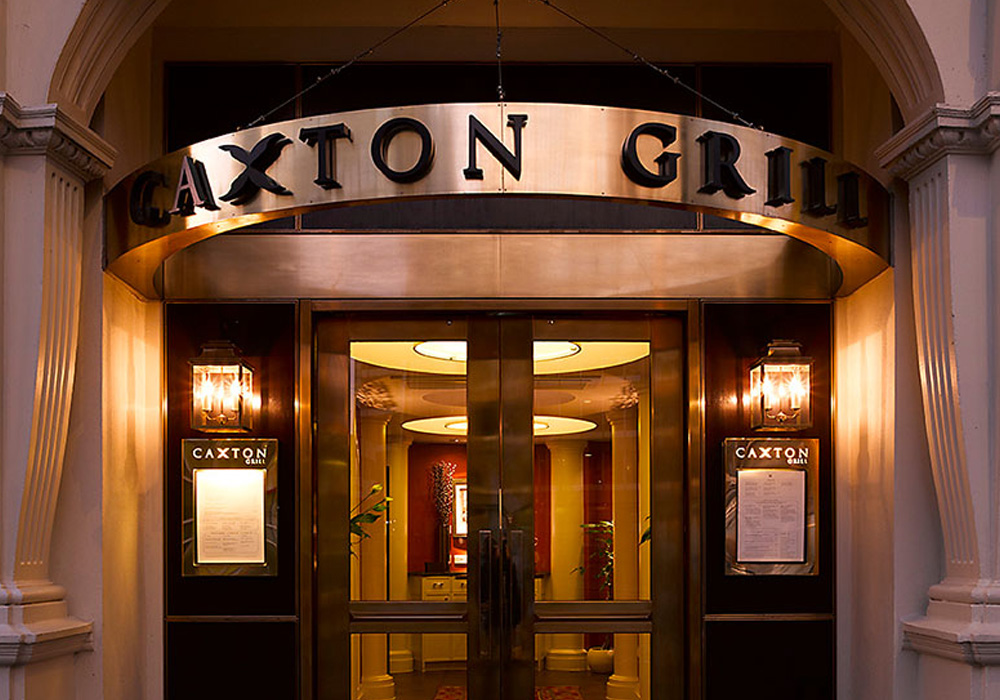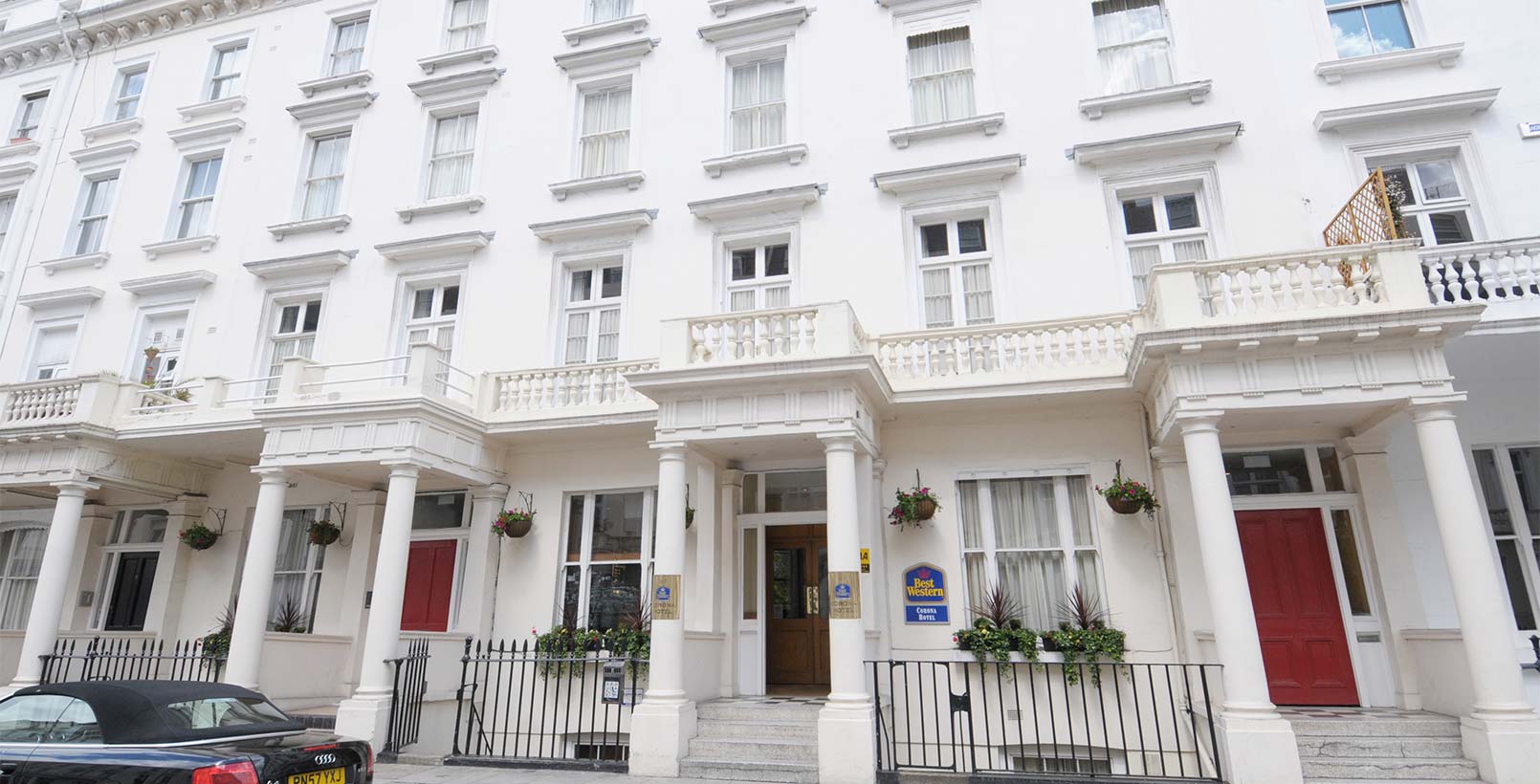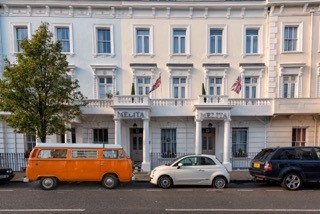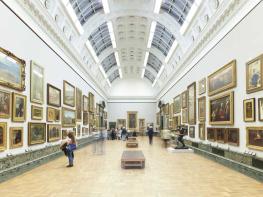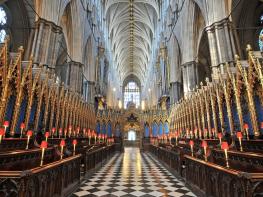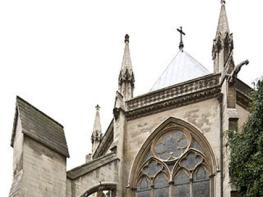Situated on the south side of the River Thames, this hotel offers guests the convenience of a…
Around and about Lambeth

3 miles (4.8kms)
About the walk
This is the closest you will get to Lambeth Palace, which, although not open to the public, can be seen from the adjoining Archbishop’s Park, a recreation ground still owned by the Archbishop of Canterbury. It is also the area in which Charlie Chaplin grew up and the one that started the dance craze in the 1930s, the Lambeth Walk, used in the musical Me and My Girl (1937). And last but not least, on this walk you’ll also discover St Mary-at-Lambeth Church, which has been turned into a quirky museum dedicated to the history of gardening. The Garden Museum saved the church from demolition and created the world’s first museum of this kind. Inside there are enough tool collections and gardening artefacts to keep even Alan Titchmarsh amused. Notice too the beautiful, stained-glass windows. At the rear, the peaceful 17th-century garden is scented throughout the year and there are pots of herbs for sale.
The real Captain Bligh
We have the Tradescant family to thank for introducing many of the plants and trees seen in this country today. John Tradescant and his son were gardeners to Charles I and also intrepid travellers, bringing back specimens from Russia, America and North Africa. Appropriately, their tomb lies in the churchyard garden next to another that is dedicated to William Bligh (1754–1817), the celebrated navigator more commonly known as Captain Bligh of Mutiny on the Bounty fame. But why is he buried here? Despite the tarnishing of his reputation by Hollywood scriptwriters (Charles Laughton’s blustering character in the 1935 film bore very little resemblance to the real Bligh), one of his early nautical successes was to tranship the highly nutritious bread fruit plant from the South Pacific to the West Indies. This provided plantation owners with a reliable and cost-effective source of food for their slaves and labourers.
Walk directions
Take Exit 1 from Vauxhall tube and continue ahead for 110yds (101m), turn left following a Thames Path sign. Turn right on the Riverside Walk and continue as the path later joins the Albert Embankment with a view of the London Eye in the distance. Pass the green-tinted glass of the MI6 building and at the next bridge, Lambeth Bridge, follow the underpass to the right of the steps leading up to the bridge and, once through to the other side, you’ll catch a glimpse of the Houses of Parliament on the opposite bank.
A few steps further on, turn right, opposite the steps to Thames Cruises, and cross the road to St Mary-at-Lambeth Church. To your left is the entrance to the Archbishop of Canterbury’s London pad, Lambeth Palace. Continue through the churchyard and keen gardeners might like to take a slight detour to visit the church in more detail since it is home to The Garden Museum (admission charge). Back at the entrance gates to the churchyard, turn left and follow the wall to St Mary’s Gardens with its central water fountain and turn left along Lambeth Road.
Turn left through an alley (opposite No. 109 Lambeth Road) into the Archbishop’s Park. Follow the tarmac path ahead, the Lambeth Millennium Pathway, and notice the plaques beneath your feet. One commemorates Clapham Rovers winning the FA Cup in 1880 and another celebrates the 1936 Lambeth Walk dance craze. Follow the path around to the left of the tennis courts and past a children’s playground, to leave the park opposite St Thomas’ Hospital.
Cross Lambeth Palace Road, turn right at the junction, then turn left towards the Houses of Parliament on the other side of Westminster Bridge.
At the Houses of Parliament turn left into Millbank (which used to be known as St Margaret Street). Follow signs for Lambeth Bridge and about 100yds (91m) beyond the statue of Oliver Cromwell turn left into Victoria Tower Gardens. Here you will find the statue of the suffragette Emmeline Pankhurst. Now follow the Silver Jubilee Walkway, past the sculpture by Auguste Rodin, towards the river. The six figures depict citizens of Calais who offered themselves as hostages to Edward III, who had besieged the town in 1347. Bear right and walk up the steps at the end of the park and cross over the zebra crossing. Continue along the Thames Path to Vauxhall Bridge.
Cross the bridge to return to the start of the walk.
Additional information
Mainly paved streets
Riverside walk and churchyard garden
Keep on lead
AA Street by Street London
Archbishop's Park
WALKING IN SAFETY
Read our tips to look after yourself and the environment when following this walk.
Find out more
Also in the area
About the area
Discover Greater London
Greater London is one of the world’s largest urban areas; 33 boroughs stretching north to Enfield, south to Croydon, east to Havering, west to Hillingdon and with central London at the heart of it all.
Greater London was officially created in 1965, but the boroughs themselves all have their own histories going back much further. Greenwich is home to the Prime Meridian, which all clocks on earth take their time from, while Hounslow contains Heathrow Airport, one of the busiest airports in the world. Greater London contains a multitude of parks and green spaces, from the six Royal Parks (including Richmond Park, Green Park, Hyde Park and Regent’s Park) and other huge open spaces like Hampstead Heath and Clapham Common; to smaller community spaces like Clissold Park in Stoke Newington and Burgess Park in Southwark.
The centre of London has its quiet spaces too, like Coram’s Field by Great Ormond Street, and Camley Street Natural Park, a stone’s throw from King’s Cross and St Pancras. One of the city’s most impressive features is the London Underground. Beginning in 1863 as the Metropolitan Railway, it took commuters into The City from the suburbs of Middlesex. It was the first underground railway in the world, and now consists of 11 lines, 270 stations, and 250 miles (402km) of track. It’s estimated that nearly five million journeys are taken every day, and there are nearly one and a half billion riders each year. At peak times, there are more than 543 trains whizzing around the Capital.
Nearby stays
Restaurants and Pubs
Nearby experiences
Recommended things to do
Why choose Rated Trips?
Your trusted guide to rated places across the UK
The best coverage
Discover more than 15,000 professionally rated places to stay, eat and visit from across the UK and Ireland.
Quality assured
Choose a place to stay safe in the knowledge that it has been expertly assessed by trained assessors.
Plan your next trip
Search by location or the type of place you're visiting to find your next ideal holiday experience.
Travel inspiration
Read our articles, city guides and recommended things to do for inspiration. We're here to help you explore the UK.





